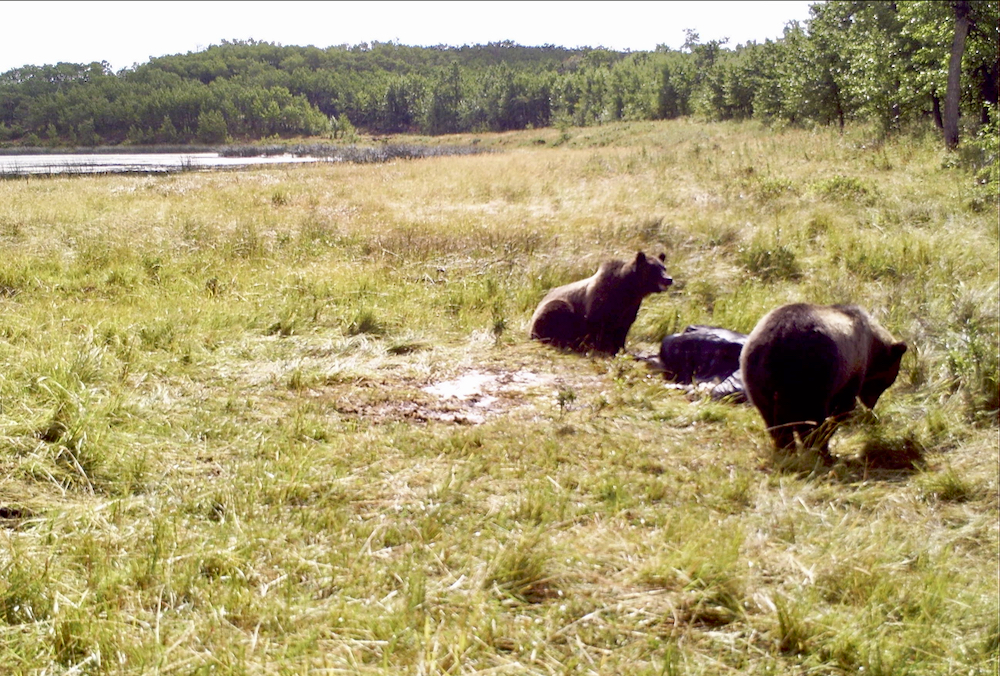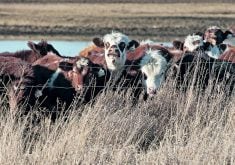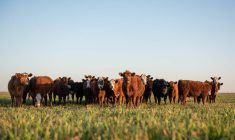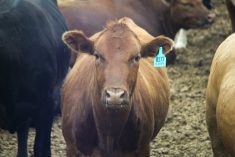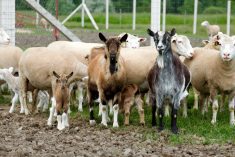The province’s main cattle group says producers should be able to get a permit to kill grizzly bears that repeatedly kill livestock and damage property.
“Alberta Beef Producers has resolved to lobby the government to provide livestock owners and landowners with permits, allowing them to kill a dangerous grizzly without being charged,” said Brad Dubeau, the organization’s general manager.
“There’s a precedent in this in the way we currently deal with problem coyotes. A permit is only issued after a producer confirms livestock kills or property damage.”
Read Also
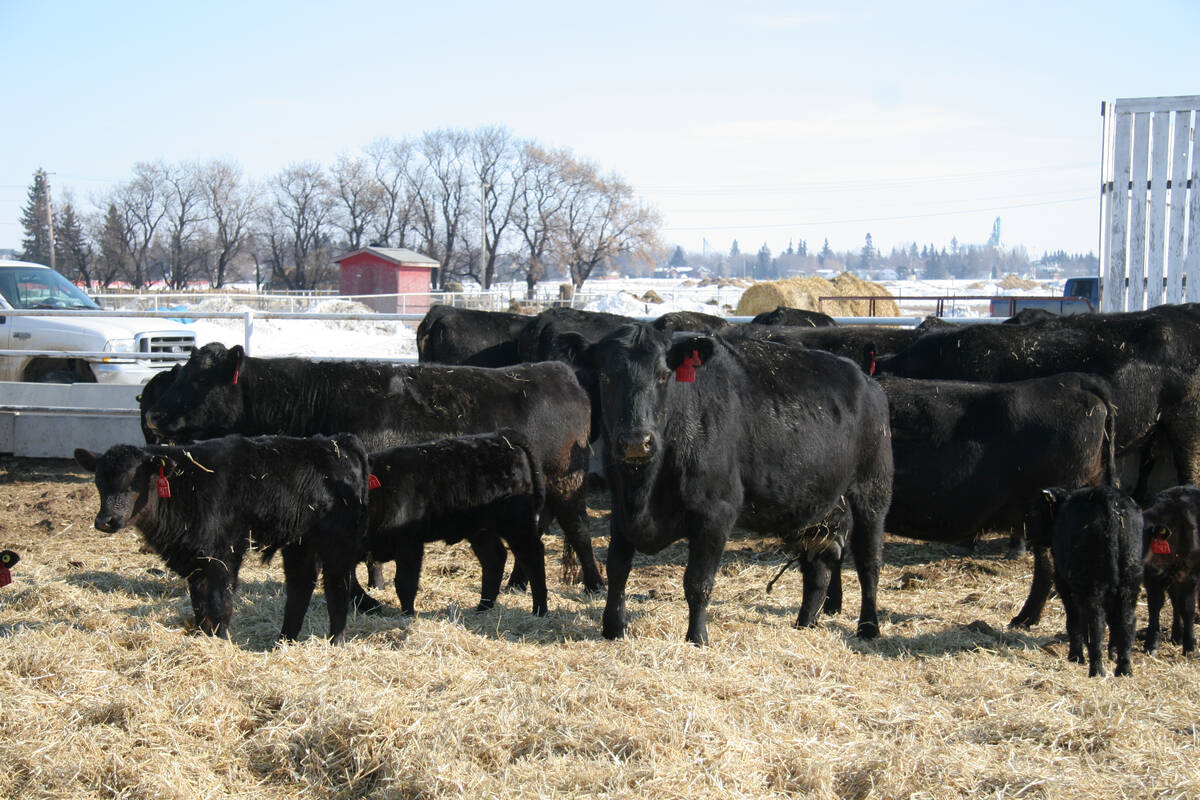
High prices, lower demand challenges producers
Large capital investments coupled with consumer demand makes for long-term planning among Canadian cattle producers
Delegates at the group’s annual meeting in March passed a resolution asking the province to issue permits in those circumstances — and while the problem is most acute in the southwest, there were lots of stories about problem bears, Dubeau said.
Many say they are seeing more grizzlies on their land in recent years. Cow-calf producer Tony Bruder is one of them.
“My parents had never seen a grizzly bear on our land,” said the third-generation rancher, who also has a small grain operation in the Twin Butte area south of Pincher Creek.

“In 1997, we started having a lot of trouble with grizzly bears. We went from never having seen a grizzly bear on our place to averaging between 10 to 15 grizzlies a year.”
Not all of them are a problem, he is quick to add.
“Our family loves seeing a bear on our place,” he said. “It’s amazing — I still get goosebumps when I see one. But with that said, I shouldn’t be expected to lose livestock and have property damage just because we have bears on our place, and that’s what the situation is.”
Grizzlies are opportunistic omnivores and Bruder said he has seen them eat stored seed and even garden vegetables. But those that lose their fear of humans will not only go after livestock, but also damage property and even tear buildings apart, he said.
Since 2000, killing grizzly bears has not been allowed and there have been numerous efforts to assist landowners with mitigation efforts.
In 2010, the Drywood Yarrow Conservation Partnership (a watershed group) worked with Alberta Environment and Parks to get grants for electric fencing to keep bears out of yards and away from livestock. Some producers also replaced their wooden grain bins with metal ones.
After awhile, this initiative grew too big for the watershed group and so it passed the work to the Waterton Biosphere Reserve Association, which set up the Carnivores and Communities program. Bruder was a contractor with the working group overseeing the effort and shared his bear mitigation experiences with landowners in other areas, from Rocky Mountain House to Grande Prairie, and into B.C.
A host of measures have been taken, he said, including using shipping containers to store feed and mineral tubs, bear-proof bins, and electric fences along with a trapping program for bears that persistently cause damage.
“We worked with people electrifying off their chickens and we’ve done a lot of work for people with sheep and goats,” he said.
But even with all these efforts, some grizzlies continue to kill livestock and cause property damage.

And while Bruder knows there is tremendous public affection for these iconic animals, the view from afar is much different than from up close, he said.
“The grizzly bear situation is being fed by special interest groups that don’t have people who actually live on the landscape… They have no idea what it is like to actually live with these large carnivores and the problems that come with them.”
- [CANADIAN CATTLEMEN] Spring calving heralds beginning of predator season
And often, the problems with rogue bears get worse over time, he added.
“Imagine, you’ve got a female with no respect for humans or human property, raising cubs and teaching cubs that that’s OK,” he said.
Moreover, you can’t mitigate the problems with large carnivores (which also include black bears, cougars and wolves) when cattle are on summer pasture.
“When we have a bear coming in and killing our livestock, that’s going to draw in other bears that didn’t necessarily kill that animal,” said Bruder. “When Fish and Wildlife tries to trap, it’s trying to trap the bear that killed the livestock. (But) because there are other bears around, there’s an 80 per cent chance it’s going to catch a bear that isn’t a problem.”
Moreover, many problem bears become “trap smart,” he said.
In one instance, one bear (that had been positively identified) killed 20 different cattle across a number of properties in a season, but Fish and Wildlife officers couldn’t go out and shoot the animal, and neither could the landowners, said Bruder. Instead, the officers set traps, but only caught other bears that were feeding on the remains of the problem bear’s kills.
“They didn’t have the ability to deal with the specific bear, to take it out of the system, to mitigate the problem,” said Bruder. “In that same time, they caught many other bears, causing stress on those bears that wasn’t needed.”
Bear relocation can also be problematic. Sometimes bears will be moved to areas without people or livestock. But in other cases, a bear caught in the Rocky Mountain House area, for example, might just be moved to the Pincher Creek area.
“They’re just moving back and forth. They are trying to get bears out of certain areas,” he said.
“I do not believe all bears are the problem. It’s just a small percentage of bears that are a problem.”
The matter of killing problem bears is not a black and white issue, said southwestern Alberta cattle rancher Jeff Bectell, co-ordinator for the Carnivores and Communities Program. There has been some interest in the concept of a farmer killing an identified problem bear.
“Not every landowner would feel comfortable in that position, but some certainly would,” he said. “I think there’s fairly broad-based agreement that if a bear is really becoming a problem, killing livestock on a regular basis, that the best thing to do is to remove that bear, not keep it around or even relocate it.”
– With files from James Snell


